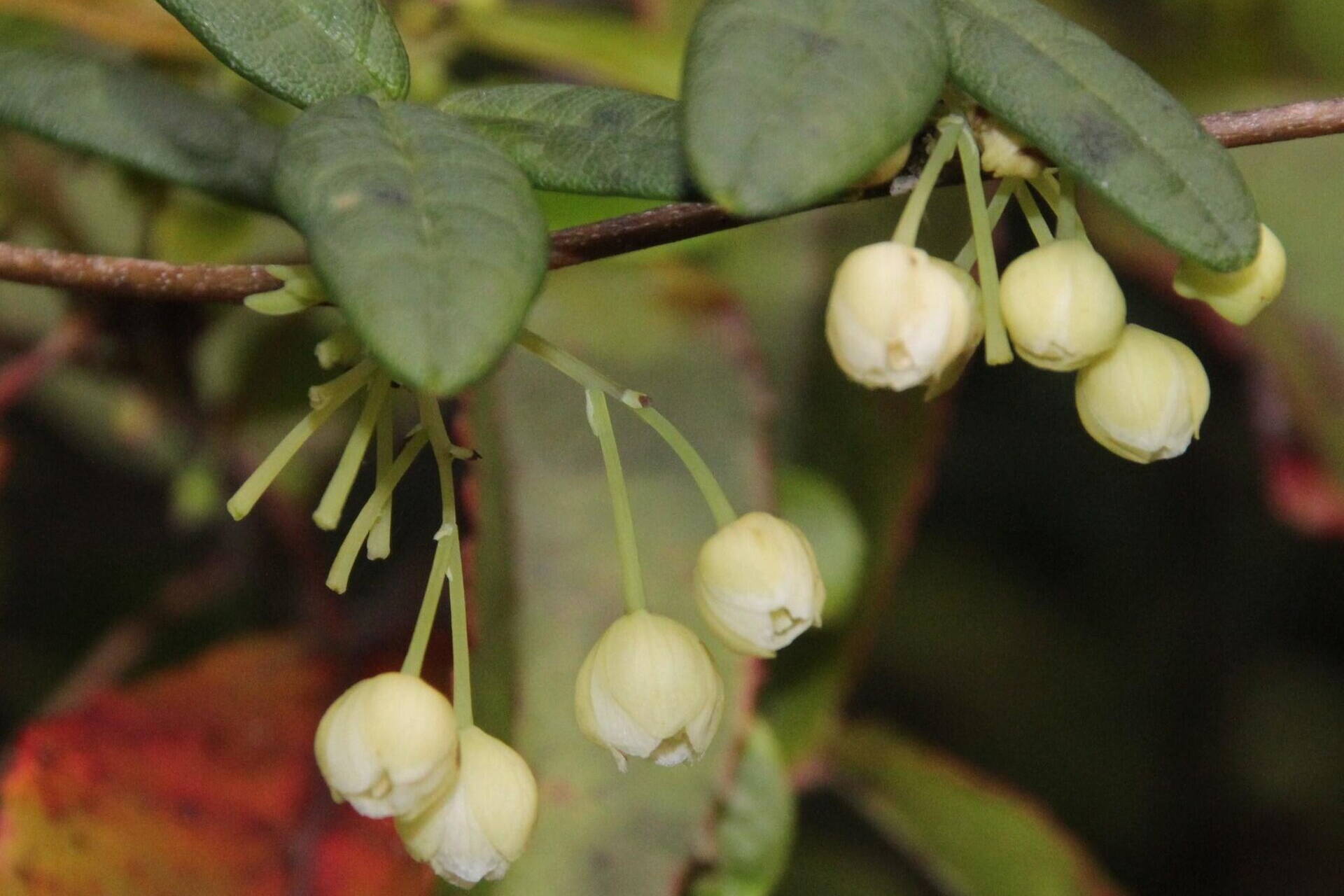Mimicry in animals is a common form of protection from predators. For instance, two distasteful or toxic butterflies may mimic each other for mutual defense, as the viceroy and monarch butterflies do. Or vulnerable species may mimic distasteful or toxic species and gain protection; for example, harmless hoverflies resemble dangerous bees or wasps. There is a genus of tropical butterflies (Heliconius) characterized by warning coloration in which both kinds of mimicry occur; some are distasteful and full of nasty chemicals and mimic each other or they serve as models for tastier mimics.
Another sort of mimicry is accomplished by chameleons, cuttlefish, and some octopuses. Individuals can change their colors and patterns to match the backgrounds on which they occur.
Some plants interact with animals, using mimicry. They deceive pollinators by flowers that look (and smell) like female insects, so the male insects are drawn to copulate with the supposed female and accomplish pollination in the process. The bee orchids are one example.
Those relationships are well-known and relatively well-studied. Much less is known about mimicry among plants of different species.
Can one plant mimic another? Apparently, the answer is yes. A species of mistletoe native to Australia grows on Australian “pines” (but they are not really pines) or so-called she-oaks (Casuarina). These hemiparasites are able to mimic the leaves of their host trees, perhaps by tapping into host hormones. At least one species of these mistletoes is a very good leaf-mimic on at least one host, but perhaps less good on other hosts. And closely related mistletoes in the same genus (Amyema) may do this to some degree also. The mimicry is thought to deceive leaf-eaters such as possums and certain insects. Details have been hard to find. (Note that these mistletoes are taxonomically quite different from those that occur here).
Even more intriguing is a species of vine (Boquila trifoliata) that is endemic to Chile, with all its taxonomic relatives in Asia. Known to botanists for some time, only rather recently has it been shown to be a mimic of whatever plants it climbs up on or grows next to. It seems to be the only plant known to do this. In fact, a single boquila vine can mimic several different adjacent plants at the same time even without touching them, one branch for this neighboring plant and another branch for a different one, making long, fingerlike leaves like one neighbor and small round ones like the other neighbor, for instance. It can even produce mimic spines under its leaves and at least partly match the leaf color of a nearby plant. There is a report, still unverified, that boquila can mimic a plastic plant. Still to be answered is the question: Does this leaf mimicry deceive herbivores?
At present there are two schools of thought about how boquila might be able to accomplish this mimicry. One is that it interprets the light coming through the leaves of nearby vegetation, somehow seeing the quality of light, not just the amount but the array of wavelengths. Plants do have the ability to assess the ambient light; they can change the angle of growth toward better light and some researchers think that plants can assess the degree of kinship of neighboring plants, using light. But how could seeing light be used to replicate spines growing underneath a leaf? The other school of thought favors volatile chemicals or micro-organisms that can move from plant to plant (as they do with many organisms), perhaps controlling boquila’s genes such that they make leaves like the nearby plant. Still to be reported is whether that mimicry protects boquila from herbivores.
The jury is out regarding those ideas and still other ideas may arise. Any of those ideas would transform how we think of plants! There is sure to be controversy between those who are reluctant to believe plants can do what boquila is reliably reported to do and those who accept that plants are way more complicated than we have supposed, and more controversy over mechanisms of achieving that mimicry. Good research is needed to document possible effects of leaf mimicry on herbivores and how that varies among leaves that mimic different species. The questions go on and on, one answer generating more questions! It will be fun to see how the boquila story develops.
• Mary F. Willson is a retired professor of ecology. “On The Trails” appears every Wednesday in the Juneau Empire.
